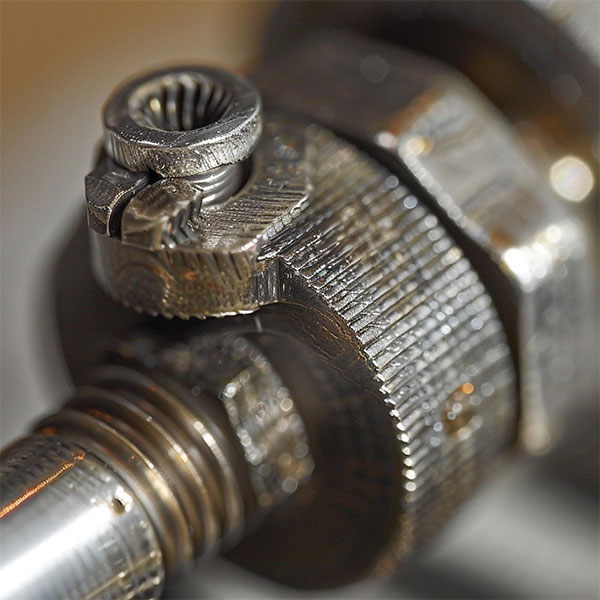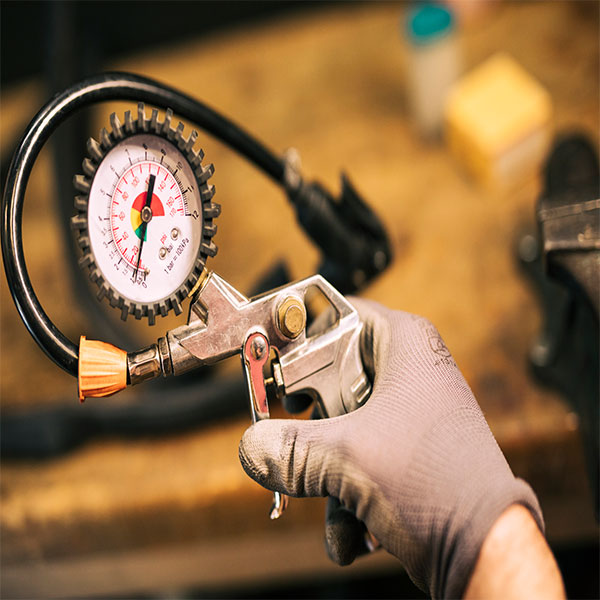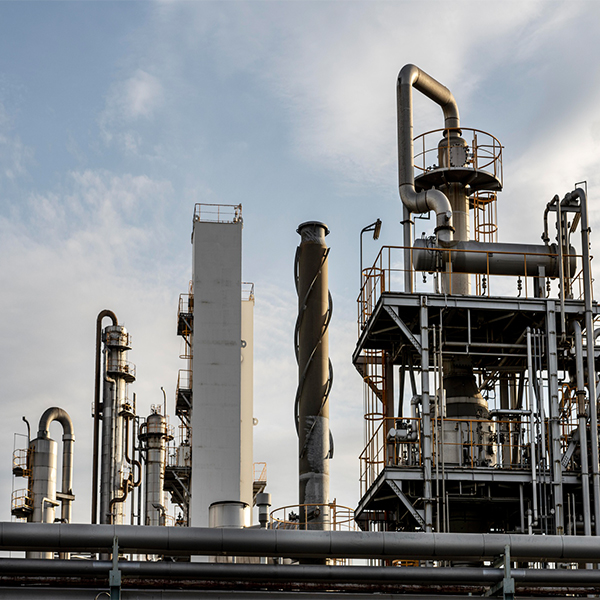Air compressors are essential tools in various industries, each designed to meet specific needs. At Nanjing Xing Yi Chen, we offer a diverse range of air compressors. Understanding the differences between these types can help you select the right compressor for your application. Here’s a detailed comparison of their key features and benefits.
- Reciprocating Air Compressors
Overview: Reciprocating air compressors use pistons and cylinders to compress air. They are commonly found in smaller workshops and portable applications.
- Key Features:
- Operation: Utilizes a piston driven by a crankshaft to compress air within a cylinder.
- Configurations: Available in single-stage or two-stage designs, and can be oil-lubricated or oil-free.
- Noise and Vibration: Typically produces more noise and vibration compared to rotary screw compressors.
- Duty Cycle: Designed for intermittent use rather than continuous operation.
- Ideal Applications:
- Small workshops
- Portable tools
- Situations requiring high pressure but lower flow rates
- Rotary Screw Air Compressors
Overview: Rotary screw air compressors employ two interlocking rotors to compress air efficiently. They are well-suited for industrial applications that require continuous operation.
- Key Features:
- Operation: Air is compressed as it is drawn into the space between two helical rotors.
- Efficiency: Provides more capacity in a compact design compared to reciprocating compressors.
- Duty Cycle: Operates at a 100% duty cycle, delivering uninterrupted airflow.
- Configurations: Available in both oil-flooded and oil-free options.
- Benefits:
- Longer lifespan due to fewer moving parts
- Consistent performance over extended periods
- Lower noise levels compared to reciprocating models
- Ideal Applications:
- Manufacturing plants
- Automotive service shops
- Any environment requiring continuous compressed air supply
- Centrifugal Air Compressors
Overview: Centrifugal air compressors utilize high-speed impellers to compress air, making them ideal for large industrial facilities that require high flow rates.
- Key Features:
- Operation: Increases air velocity through rotating impellers, converting kinetic energy into pressure.
- Dynamic Compression: Unlike positive displacement compressors (reciprocating and rotary screw), centrifugal compressors provide dynamic compression.
- Oil-Free Operation: Typically designed to deliver oil-free air since the airflow path is separate from the lubrication system.
- Benefits:
- Requires less maintenance due to fewer moving parts
- Capable of handling large volumes of air efficiently
- Ideal for high-pressure applications
- Ideal Applications:
- Large manufacturing facilities
- Petrochemical plants
- Power generation facilities
Summary of Key Differences
| Feature | Reciprocating Compressors | Rotary Screw Compressors | Centrifugal Compressors |
| Compression Method | Piston and cylinder | Interlocking rotors | High-speed impellers |
| Duty Cycle | Intermittent | Continuous | Continuous |
| Noise Level | Higher | Lower | Lowest |
| Maintenance Requirements | Moderate | Low | Low |
| Ideal Use Cases | Small workshops | Industrial applications | Large facilities |
Choosing the right type of air compressor is crucial for optimizing performance and efficiency in your operations. At Nanjing Xing Yi Chen, we are committed to providing high-quality air compressors tailored to meet the specific needs of various industries. Whether you require a reciprocating compressor for small tasks or a centrifugal compressor for large-scale operations, we have the right solution for you.
For more information on our range of air compressors and how they can benefit your business, contact us today!











